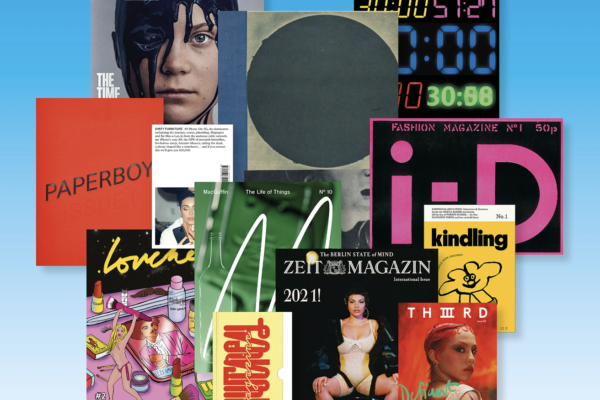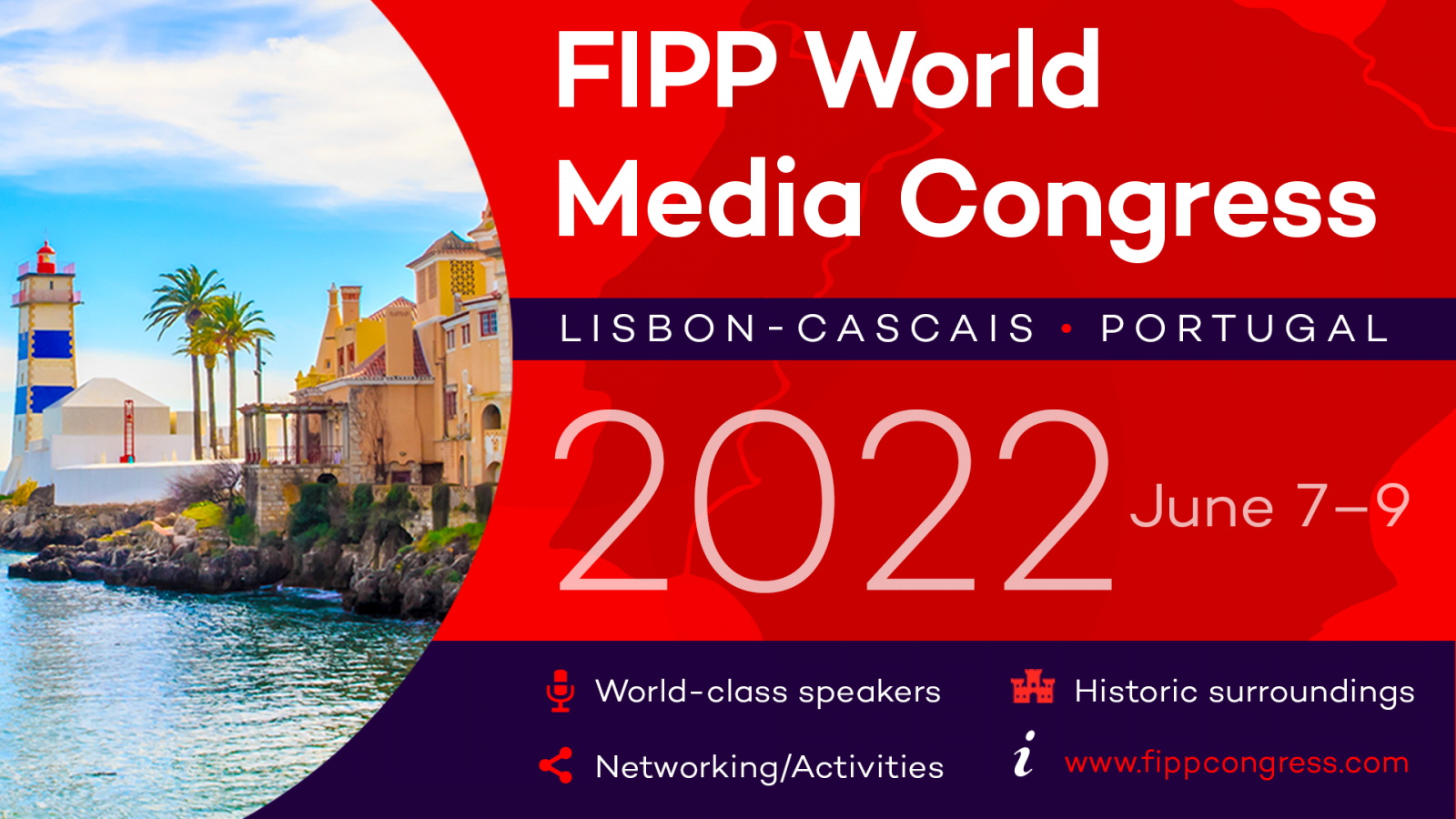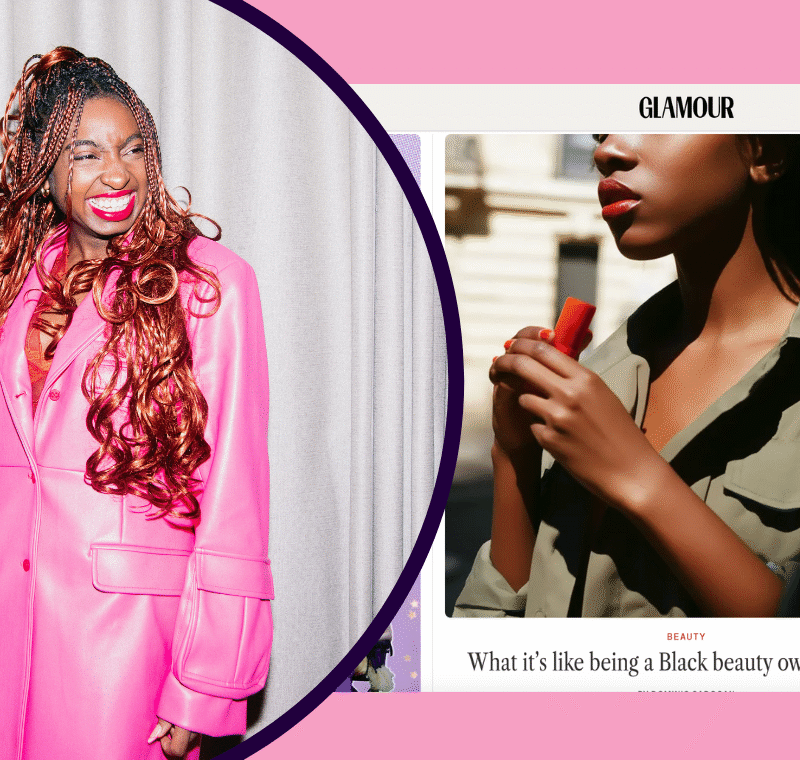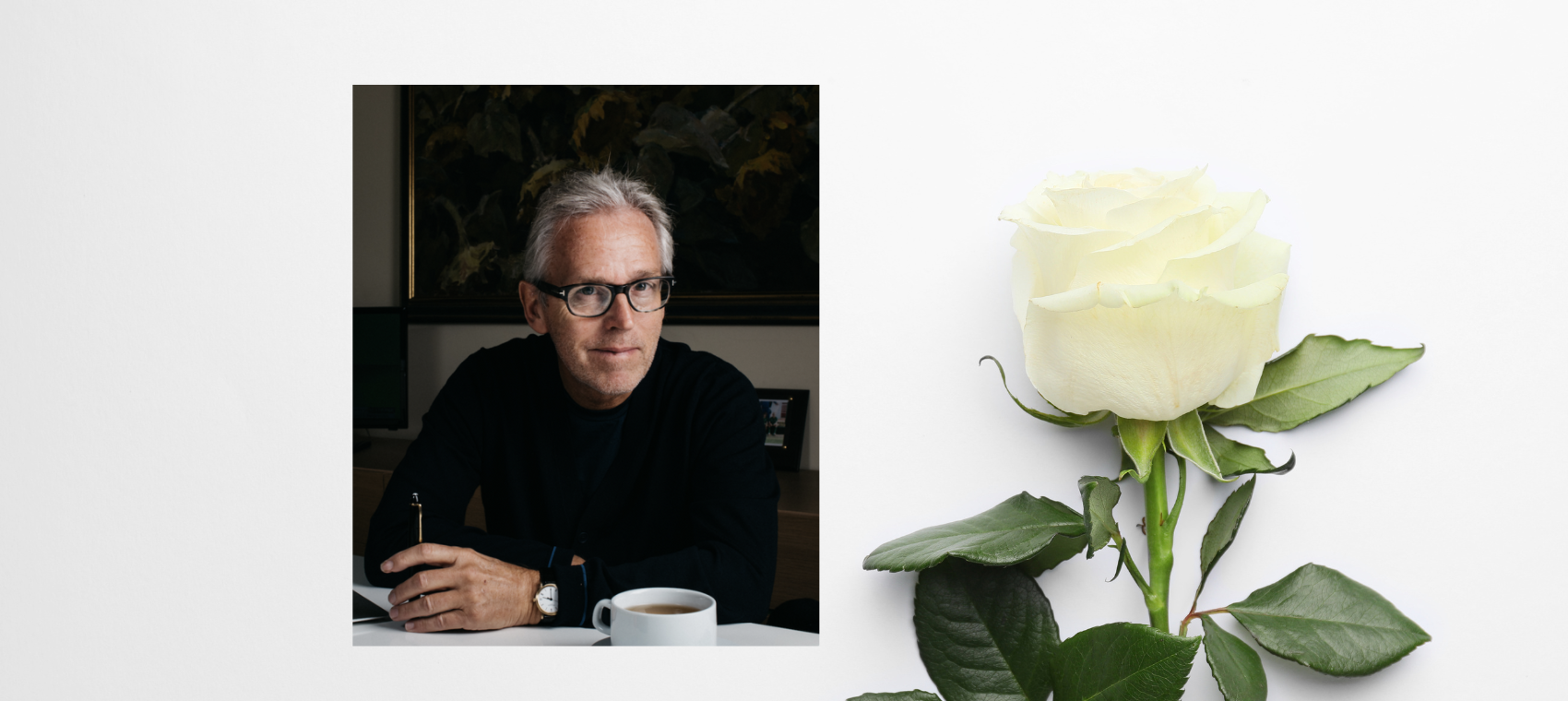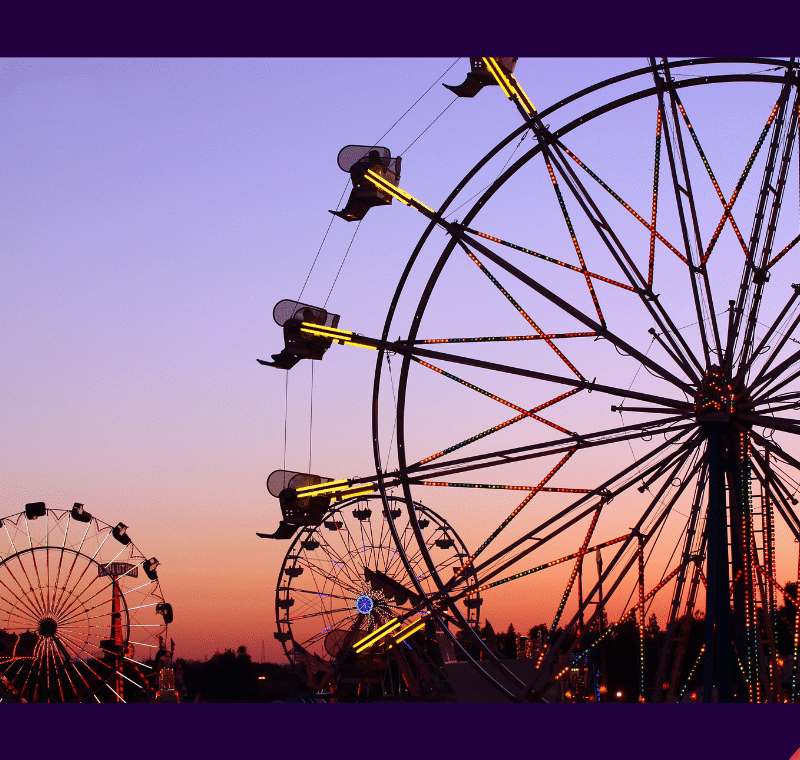magCulture founder Jeremy Leslie on what independent magazines can teach mainstream publishing
“The growth of the indies has reminded the mainstream publishers of the strengths of the magazine format: knowing what your speciality is and building tight relationships with a smaller group of readers that share that interest. Quality not quantity!”
Fifteen years ago it seemed as though the writing was on the wall for print magazines, usurped as key purveyors of information and entertainment by the instant and addictive charms of blogs and social media.
Yet since then, print magazines as a format have proved to be incredibly resilient. Many of the big mainstream titles continue to thrive while the indie sector is booming with hundreds of new titles launched across the globe every year.
Part of our: Meet the Speaker Series

Jeremy will be speaking at the 44th FIPP World Media Congress in June, and you can find out more here.
One man who chronicled our ongoing passion for print magazines throughout the period is Jeremy Leslie. Originally through his blog magCulture, and more recently via his store in Clerkenwell London, and a series of events the next of which – magCulture Live New York – takes place on Sunday 22 May.
Jeremy will also be looking at new trends in print magazines at FIPP Congress in June. Here he explains why he thinks magazines have proved so robust as a format while highlighting how digital content and social media are the print magazine founders’ ally not their enemy.
Can you give me the story of magCulture? What were you doing before the blog, what was the inspiration for its launch and where has the journey taken you since?
I launched magCulture as a blog in 2006, while I was creative director at John Brown. I’d spent 20 years as a designer/art director on titles like Blitz and Time out, and I joined John Brown in time to be a part of the golden age of customer magazines. We produced a string of multi-awardwinning titles for Virgin Atlantic, BSkyB, M-real, Waitrose and others.
The magCulture blog was a spin-off from a book of the same name I’d published, which gave an overview of current editorial design trends as a riposte to the print-is-dead arguments which were already taking over the general publishing discourse.
The website developed an international audience and established a second aspect to my career: as well as designing, I now had a role commenting on editorial design.
“The power of your own website to sell direct to the consumer has been transformative to small indie publishers.”
I left John Brown in 2009, and started my own design business, adopting the magCulture name. We still work with publishers across all aspects of magazine publishing on a consultancy basis. Another book followed–The Modern Magazine—as well as live events and conferences, and then we opened our London Shop in 2015. I was frustrated London didn’t have a shop that reflected the care that the new generation of publishers put into their publications.
The Shop is now an established part of London’s magazine and creative communities, and we run two annual magCulture Live conferences, one each in London and New York, plus regular events at the Shop. We also produce a Podcast every six weeks or so, and have come to love the openness that format gives.
Underlying all of these activities is a simple line: We love magazines. That’s our message, and there’s a significant number of people for whom the phrase chimes.
Why do you think that the magazine has proved so resilient as a format?
The resilience of the format varies across the different genres: the weekly trade magazine will never return to print as its staples, news and recruitment, are better served online.
Elsewhere, though, the magazine remains an ideal format. Our shelves are packed with beautiful printed objects, each of which offer a window onto a unique world. These worlds are finite collections of what their editors and designers consider the most relevant stories and ideas in their sector.
The material is selected and honed to work as a unit—the very opposite to jumping down a digital rabbit hole. That has its appeal of course—but the magazine experience is a pleasing alternative to that.
How do you think the magazine world has evolved since 2015 when you opened your store?
The indie world is growing as the mainstream shrinks: we see this in retail, with magazines becoming specialist items available from destination shops, and the traditional outlets disappearing.
“Underlying all of these activities is a simple line: We love magazines.”
Which particular titles have proved inspirational to you and also on a global level?
So many over the years: originally the NME, then The Face, and later the early signs of the new generation of Indies: Nest, 032c, Fantastic Man and Apartment. There have also been magazines that challenge the very idea of what a magazine is, conceptual projects like Re-, Nice magazine and Taken Woman Covered in Glitter and Words. You know a medium has a healthy life when artists seek a challenge and experiment with it.
And how do you think that the indie magazine sector has impacted on mainstream media?
The growth of the indies has reminded the mainstream publishers of the strengths of the magazine format: knowing what your speciality is and building tight relationships with a smaller group of readers that share that interest. Quality not quantity!
Do you think the trend for bookazines will continue?
It’s a confusing term, Bookazine, I don’t like the name, never have! But I can see they have a role and I believe that they’ll continue.
What else do you think we will see from magazines in the future? Are there any technologies that could prove to be transformative? Might the decline in social media prove to be problematic for magazines?
Something I always find myself clarifying is that our love for magazines isn’t a denial of digital. every one of the 700 magazines we stock couldn’t survive without digital—and neither could magCulture. The power of your own website to sell direct to the consumer has been transformative to small indie publishers.
The platforms for promoting that online presence will continue to change, but digital will remain key. For now, Instagram remains huge for indies.
Finally, with apologies to Desert Island Discs, if you were marooned on a desert island – which three magazines would you take with you?
Sure—three very different mags: The New Yorker—an inspiration to and benchmark for every magazine maker. MacGuffin – every issue uses a single object (currently the bottle) to address universal themes of human life. It surprises every issue. The Fence – a scurrilous trove of London cultural and political gossip, a new indie take on a traditional publishing format.
But perhaps the most essential mag this moment is Interview, the latest iteration of Andy Warhol’s sixties celeb mag. It’s the most vital contemporary magazine, combining astonishing imagery and brilliant typography and layout.
? To see the latest speaker line-up for this June’s FIPP World Media Congress, along with details on the agenda and more, click here.

